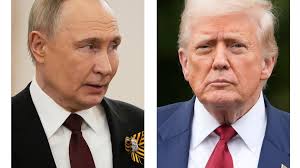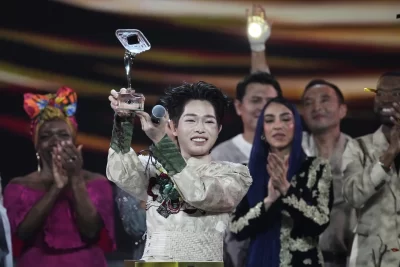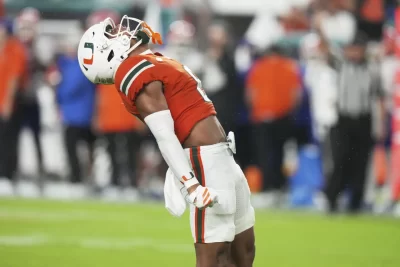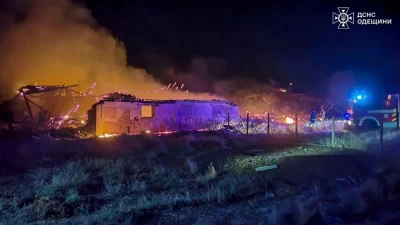
The threats, pressure and ultimatums have come and gone, but Russian President Vladimir Putin has maintained Moscow’s uncompromising demands in the war in Ukraine, raising fears he could use a planned summit with U.S. President Donald Trump in Alaska to coerce Kyiv into accepting an unfavorable deal.
The maximalist demands reflect Putin’s determination to reach the goals he set when he launched the full-scale invasion of Ukraine on Feb. 24, 2022.
Putin sees a possible meeting with Trump as a chance to negotiate a broad deal that would not only cement Russia’s territorial gains but also keep Ukraine from joining NATO and hosting any Western troops, allowing Moscow to gradually pull the country back into its orbit.
The Kremlin leader believes time is on his side as the exhausted and outgunned Ukrainian forces are struggling to stem Russian advances in many sectors of the over 1,000-kilometer (over 600-mile) front line while swarms of Russian missiles and drones batter Ukrainian cities.
Ukrainian President Volodymyr Zelenskyy also has stood firm in his positions, agreeing to a ceasefire proposed by Trump while reaffirming the country’s refusal to abandon seeking NATO membership and rejecting acknowledgment of Russia’s annexation of any of its regions.
A look at Russian and Ukrainian visions of a peace deal and how a Putin-Trump summit could evolve:
Russia’s position
In a memorandum presented at talks in Istanbul in June, Russia offered Ukraine two options for establishing a 30-day ceasefire. One demanded Ukraine withdraw its forces from Donetsk, Luhansk, Zaporizhzhia and Kherson — the four regions Moscow illegally annexed in September 2022 but never fully captured.
As an alternate condition for a ceasefire, Russia made a “package proposal” for Ukraine to halt mobilization efforts, freeze Western arms deliveries and ban any third-country forces on its soil. Moscow also suggested Ukraine end martial law and hold elections, after which the countries could sign a comprehensive peace treaty.
Once there’s a truce, Moscow wants a deal to include the “international legal recognition” of its annexations of Ukraine’s Crimean Peninsula in 2014 and the four regions in 2022.
Russia says a peace treaty should have Ukraine declare its neutral status between Russia and the West, abandon its bid to join NATO, limit the size of its armed forces and recognize Russian as an official language on par with Ukrainian -– conditions reflecting Putin’s earliest goals.
It also demands Ukraine ban the “glorification and propaganda of Nazism and neo-Nazism” and dissolve nationalist groups. Since the war began, Putin has falsely alleged that neo-Nazi groups were shaping Ukrainian politics under Zelenskyy, who is Jewish. They were fiercely dismissed by Kyiv and its Western allies.
In Russia’s view, a comprehensive peace treaty should see both countries lift all sanctions and restrictions, abandon any claims to compensation for wartime damage, resume trade and communications, and reestablish diplomatic ties.
Asked Thursday whether Moscow has signaled any willingness to compromise to make a meeting with Trump possible, Putin’s foreign affairs adviser Yuri Ushakov responded that there haven’t been any shifts in the Russian position.
Ukraine’s position
The memorandum that Ukraine presented to Moscow in Istanbul emphasized the need for a full and unconditional 30-day ceasefire to set stage for peace negotiations.
It reaffirmed Ukraine’s consistent rejection of Russian demands for neutral status as an attack on its sovereignty, declaring it is free to choose its alliances and adding that its NATO membership will depend on consensus with the alliance.
It emphasized Kyiv’s rejection of any restrictions on the size and other parameters of its armed forces, as well as curbs on the presence of foreign troops on its soil.
Ukraine’s memorandum also opposed recognizing any Russian territorial gains, while describing the current line of contact as a starting point in negotiations.
The document noted the need for international security guarantees to ensure the implementation of peace agreements and prevent further aggression.




